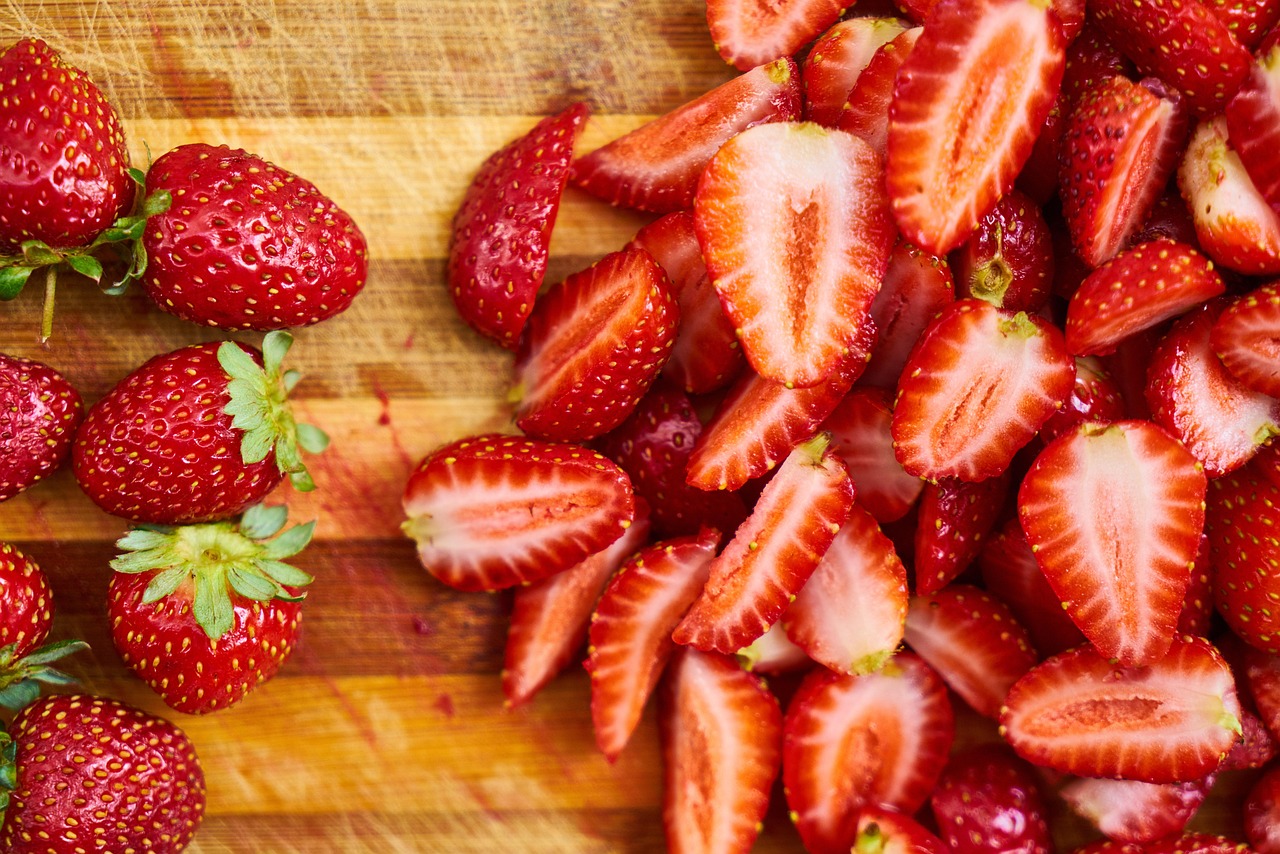“`html
Dietary fiber is a crucial component of our diet that often gets overlooked despite its numerous health benefits. Whether you are looking to improve digestion, manage your weight, or reduce the risk of chronic diseases, understanding dietary fiber can empower you to make healthier food choices. In this blog post, we’ll delve into the types of dietary fiber, its benefits, good sources, and how to incorporate more fiber into your daily routine.
What is Dietary Fiber?
Dietary fiber consists of plant-based carbohydrates that your body cannot digest. Unlike other food components, such as fats, proteins, and carbohydrates, fiber passes through the digestive system relatively intact. There are two main types of dietary fiber:
Soluble Fiber
- Definition: Soluble fiber dissolves in water and forms a gel-like substance in the digestive tract.
- Sources: Oats, beans, lentils, apples, and citrus fruits.
- Benefits: Can help lower blood cholesterol levels and control blood sugar levels.
Insoluble Fiber
- Definition: Insoluble fiber does not dissolve in water and adds bulk to the stool.
- Sources: Whole grains, nuts, seeds, vegetables like carrots and celery.
- Benefits: Supports regular bowel movements and prevents constipation.
The Health Benefits of Dietary Fiber
Incorporating sufficient dietary fiber into your diet can lead to numerous health benefits. Here are some of the most notable:
- Improved Digestion: Fiber helps keep food moving through the digestive tract.
- Weight Management: High-fiber foods tend to be more filling, reducing overall calorie intake.
- Cardiovascular Health: Fiber can lower cholesterol levels, reducing the risk of heart disease.
- Blood Sugar Control: Soluble fiber helps slow glucose absorption, benefiting those with diabetes.
- Reduced Risk of Chronic Diseases: Adequate fiber intake is linked to a lower risk of certain cancers, particularly colorectal cancer.
How Much Dietary Fiber Do You Need?
The recommended dietary fiber intake varies according to age and gender:
- Women: 25 grams per day
- Men: 38 grams per day
After the age of 50, it’s recommended to decrease the intake slightly due to lowered caloric needs.
Best Sources of Dietary Fiber
Integrating a variety of fiber-rich foods into your diet is the best way to reach your daily fiber goals. Here are some of the top sources:
- Fruits: Apples, bananas, berries, and pears.
- Vegetables: Broccoli, carrots, and sweet potatoes.
- Whole Grains: Brown rice, quinoa, barley, and oatmeal.
- Legumes: Lentils, beans, chickpeas, and peas.
For a practical example, starting your day with a bowl of oatmeal topped with berries can easily add 8-10 grams of fiber to your breakfast.
Tips for Increasing Dietary Fiber Intake
Here are some simple, actionable strategies to help you boost your fiber intake:
- Start Slow: Gradually increase fiber in your diet to avoid digestive discomfort.
- Read Labels: Choose products that list whole grains or fiber as the first ingredient.
- Snack Smart: Opt for fruits, vegetables, or nuts instead of processed snacks.
- Add Beans: Include beans or lentils in soups, salads, and main dishes.
- Check Portion Sizes: Ensure that each meal includes a fibrous food source.
Conclusion
In conclusion, dietary fiber is an essential part of a balanced diet, offering an array of health benefits from improved digestion to disease prevention. By understanding the different types of fiber, knowing how much you need, and incorporating a variety of fiber-rich foods into your meals, you can enhance your overall health and well-being. Make a conscious effort to increase your fiber intake today, and your body will thank you for it!
“`
This structured blog post provides a comprehensive overview of dietary fiber, emphasizing its importance, benefits, and practical ways to incorporate it into everyday meals while adhering to SEO best practices.






